There are endless ways to identify assets, but it can be a costly exercise.
Corporations can face financial exposure from a variety of sources including, but not limited to, regulatory disputes, medium to large outstanding receivables, arbitration and outright internal and external frauds.
We are often approached by companies that have experienced such financial losses to assess the asset position of respondents prior (and/or during) arbitration proceedings or to assist in litigation and the identification and recovery of assets.
When it comes to identifying assets, the investigative venues and methodologies are endless and greatly depend on a number of factors, including the nature of the subject (ie, company, individual, trust, etc) being investigated; the jurisdictions involved; and the amount sought by our clients. Unfortunately, asset tracing can be a costly exercise and the amounts involved might have a direct impact on the willingness of the client to pursue recovery.
For the purpose of this article, we will describe just a few of the sources of information that can be used when an organisation is considering asset recovery:
- Public records. Public record research is a basic stepping stone when searching for assets. Corporate filings, property registers, and media (including social networks) can be critical in assessing the subject’s direct or indirect asset holding methods.
- Cash movement. The old mantra “follow the money” highlights one of the first places to start, especially when access to the books and records of a company is possible and when cryptocurrencies are not involved. This can provide an initial understanding as to where funds might have been transferred. Swift messages are fairly easy to review and are normally used for international transfers. In the case of former owners of acquired companies, it is not uncommon to see funds being paid to companies not linked to the business or to personal bank accounts.
- Phone records. Reviews of itemised phone bills of the subject (both landline and company mobile phone) might provide an insight as to calls made to landlines and/or international numbers not linked to the business of the company. Granted, with the increased use of VoIP calls (eg, FaceTime, WhatsApp,) this exercise might yield little or no results.
- Books and records. Forensic accounting reviews of books and records can provide investigative leads worth pursuing. For instance, payment of real estate agents’ fees, flights and hotels might yield an insight as to where properties might have been purchased or assets hidden.
- Digital footprints. Individuals tend to use office computers and mobile phones for personal matters. As a result, forensic review of these devices can provide exceptional information about a subject. For instance:
- Computers might retain (in addition to emails and deleted and active documents), internet logs, keyword searches on internet engines (eg, Google, Yahoo), chat and snippets of online mail accounts, pictures, audio files, email identifiers and contacts that can be reviewed to understand the behaviour of a subject. The purpose of this exercise is not to identify matters of a personal nature (eg, medical history), but to identify, if possible, the whereabouts of assets and names of people related or close to the subject.
- Mobile phones can be a treasure chest of information including, among other things, messages (eg, viber, wechat, line, whatsapp, imessages, sms, etc); geolocation (ie, places frequently visited, pictures taken and uploaded, etc); and phone call mapping (ie, the ability to identify the timing, length and number of conversations with specific parties, etc).
- HR files. Reviewing HR files is often overlooked, but this part of any investigation might provide very good leads when it comes to the identification of potential proxies, nominees, addresses, phone numbers and email addresses that can be used to unravel complex webs of companies and individuals.
In all cases, asset tracing exercises need to be supported by a clear legal strategy, sound methodology and a phased approach to increase the chances of success and keep costs under control.
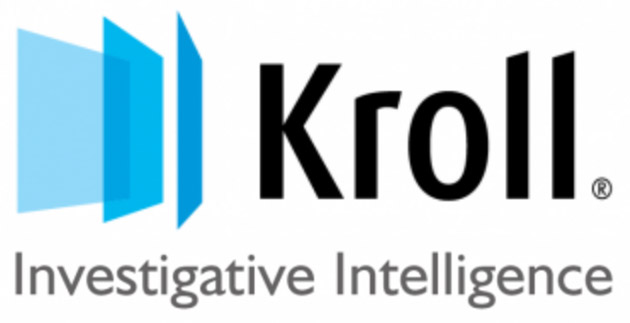
By Stefano Demichelis, Principal, Investigations and Disputes


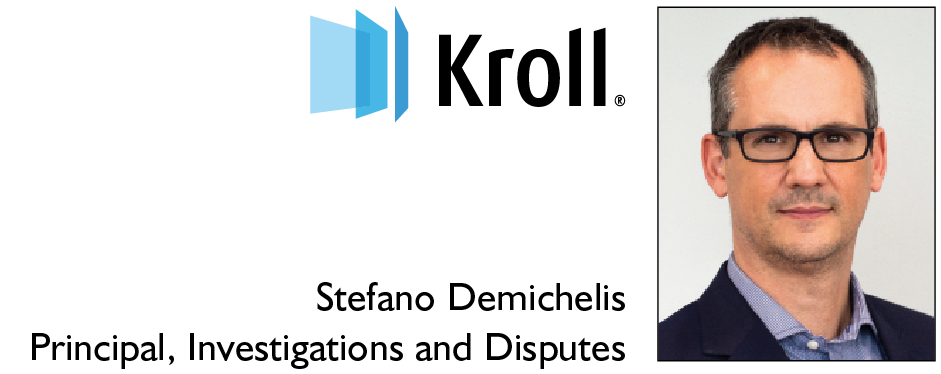



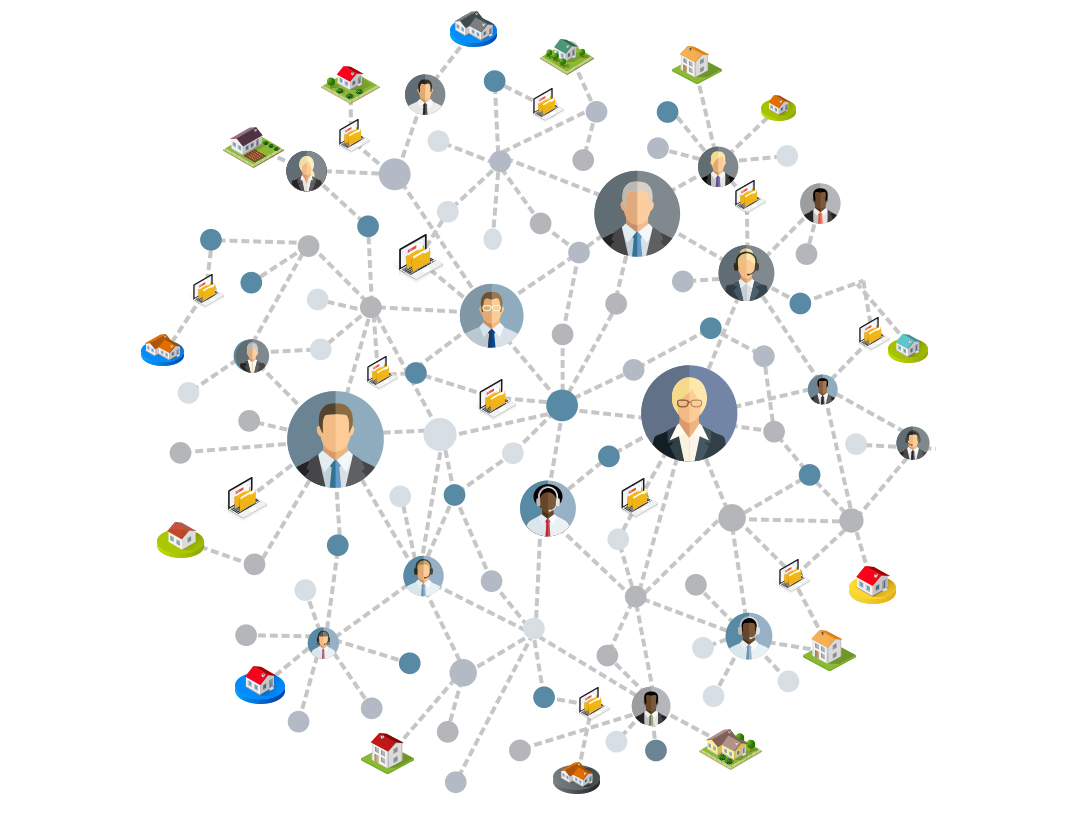

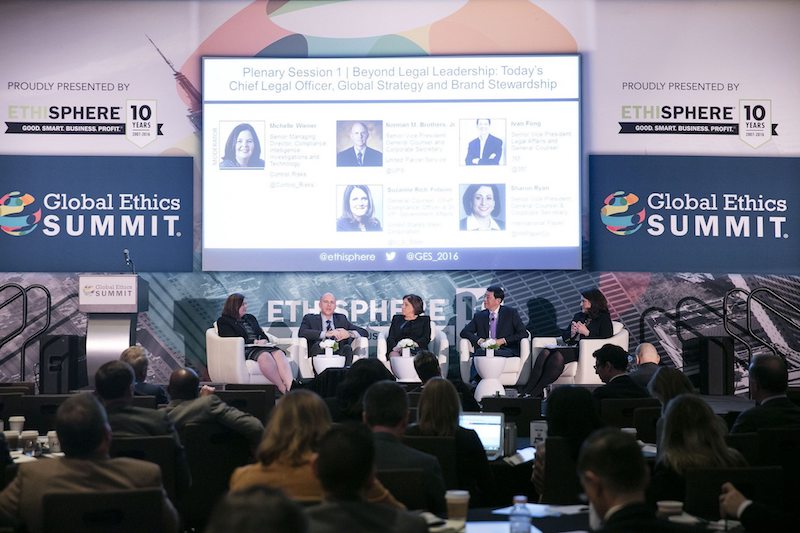




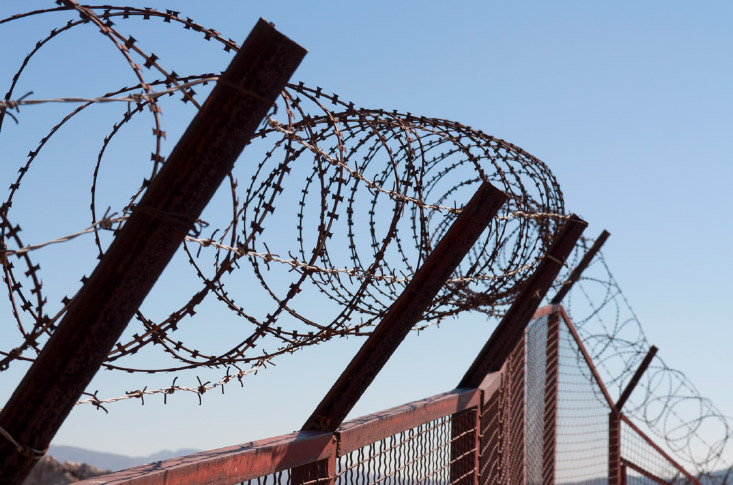







 Kroll
Kroll Tadashi Kageyama
Tadashi Kageyama







